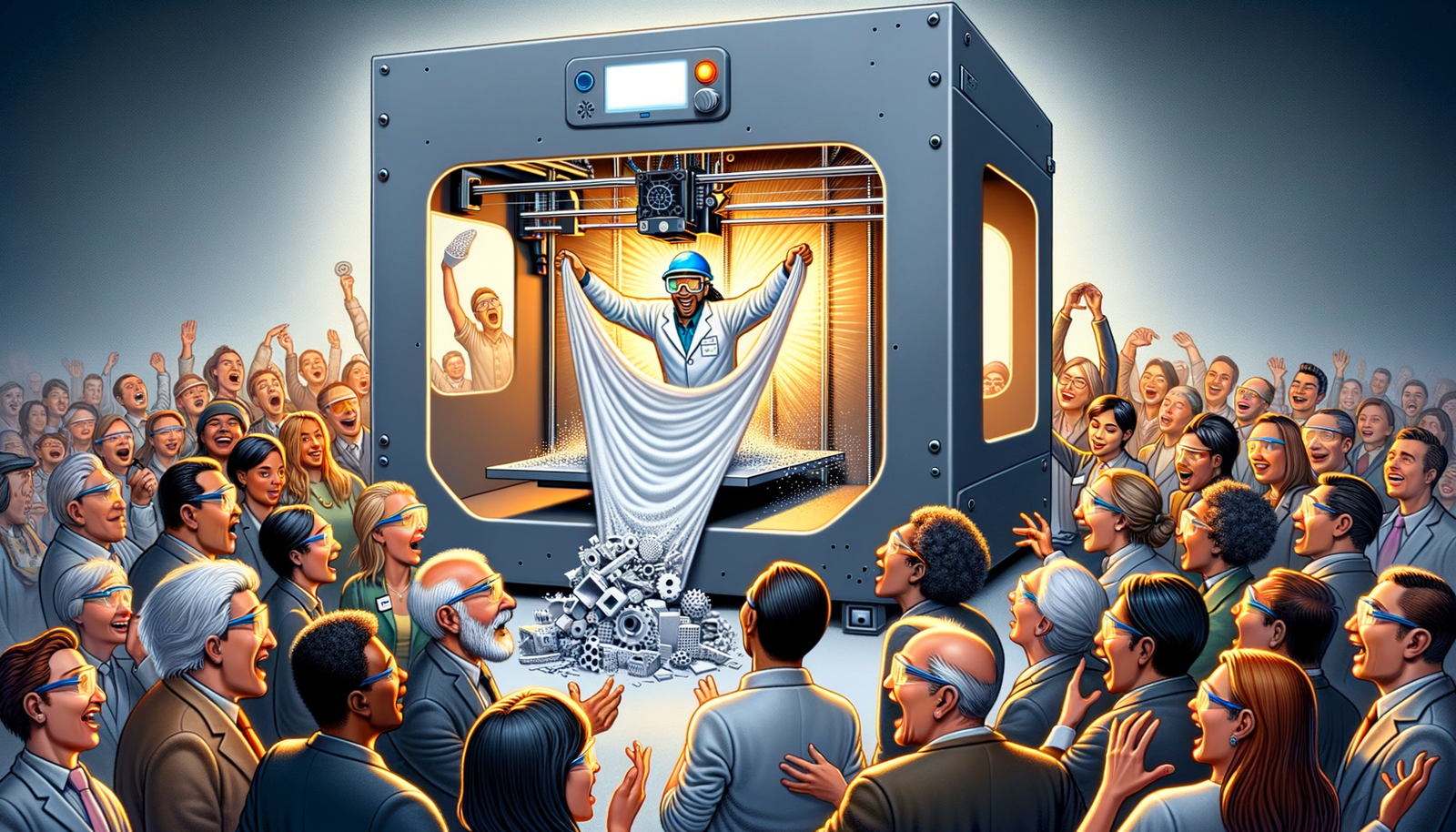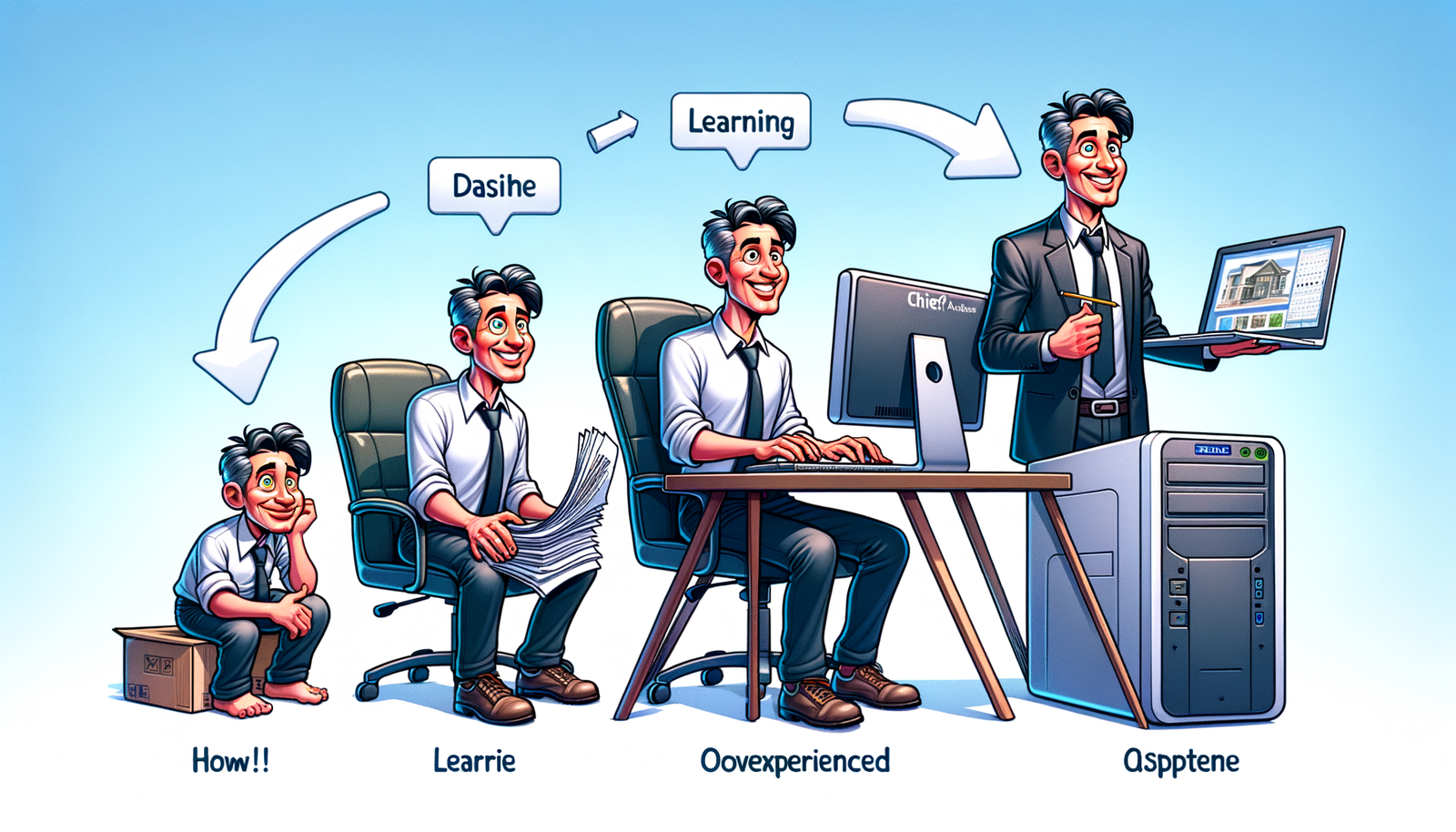Your Cart is Empty
Customer Testimonials
-
"Great customer service. The folks at Novedge were super helpful in navigating a somewhat complicated order including software upgrades and serial numbers in various stages of inactivity. They were friendly and helpful throughout the process.."
Ruben Ruckmark
"Quick & very helpful. We have been using Novedge for years and are very happy with their quick service when we need to make a purchase and excellent support resolving any issues."
Will Woodson
"Scott is the best. He reminds me about subscriptions dates, guides me in the correct direction for updates. He always responds promptly to me. He is literally the reason I continue to work with Novedge and will do so in the future."
Edward Mchugh
"Calvin Lok is “the man”. After my purchase of Sketchup 2021, he called me and provided step-by-step instructions to ease me through difficulties I was having with the setup of my new software."
Mike Borzage
Unveiling the Future of Manufacturing: Navigating the Complexities of Multi-Material 3D Printing
May 10, 2024 2 min read


Introduction to Multi-Material Printing
The advent of multi-material 3D printing has opened up a new realm of possibilities in manufacturing and prototyping. Unlike traditional 3D printing, which typically relies on a single material, multi-material printing allows for the creation of objects with varied properties and functionalities by integrating different materials in one print job. From the early days of single-material prints, technology has now evolved to handle complex, multi-material objects, paving the way for innovations across a myriad of industries. Among the key benefits of multi-material printing is the ability to fabricate parts with complex geometries, diverse material properties, and increased functionality without the need for assembly.
Technical Challenges in Multi-Material Printing
Despite its promise, multi-material printing poses significant technical challenges that must be addressed to realize its full potential. One major hurdle is ensuring compatibility between materials. For instance:
- Differing melting points can affect the integrity of the printed object.
- Chemical reactions between materials may compromise structural integrity.
Moreover, there's the issue of precision in material deposition. To avoid cross-contamination, a high level of control is necessary during the printing process. The design software plays a crucial role in managing these complexities, but many current solutions fall short when it comes to handling sophisticated multi-material designs. This limitation often results in a need for manual oversight, which is neither scalable nor efficient.
Software Solutions and Innovations
A number of design software solutions have emerged to tackle the challenges posed by multi-material printing. These platforms offer advanced features like:
- Advanced slicing algorithms for optimized material placement.
- Support structure generation tailored for complex multi-material geometries.
- Simulation tools for predicting material behavior and interactions during the printing process.
These innovations have led to the successful execution of multi-material printing projects, highlighting the capabilities and potential of the technology. However, continued software development is crucial to expand these capabilities further and make multi-material printing more accessible and practical for a wider range of applications.
Future Outlook and Developments
Looking ahead, design software is expected to continue evolving to provide even more robust support for multi-material printing. Developments such as the integration of artificial intelligence and machine learning are anticipated to streamline the optimization process for multi-material prints, making it easier to achieve the desired results with less trial and error. As these advancements progress, industries including aerospace, biomedical, and automotive stand to gain significantly, with the potential to revolutionize their manufacturing processes. The future integration of multi-material printing in mainstream manufacturing, along with the necessary software advancements, holds the promise of a new era of production that is more versatile, customized, and efficient.
Also in Design News
Subscribe
Sign up to get the latest on sales, new releases and more …





